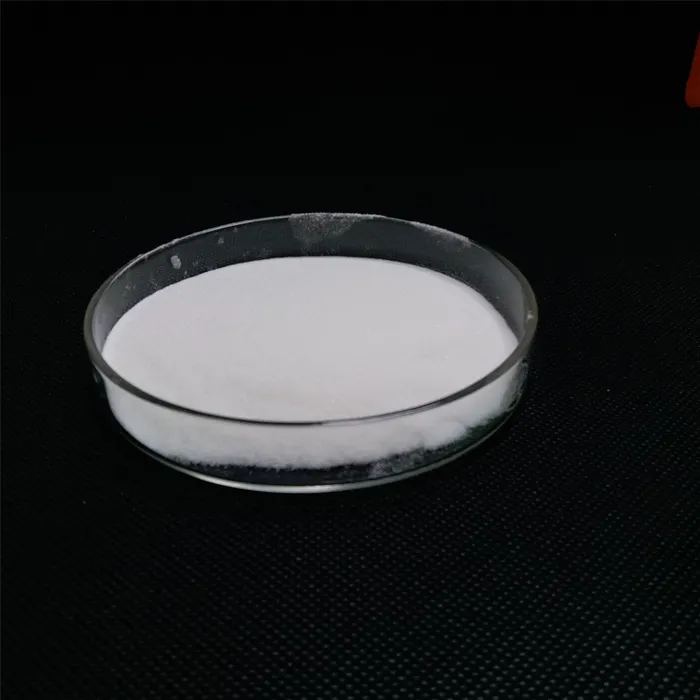Chemicals Used in Sewage Treatment Their Importance and Application
Sewage treatment is a critical process in modern sanitation and environmental management. The treatment of wastewater is not only essential for protecting public health but also for safeguarding the environment. To effectively treat sewage, various chemicals are employed at different stages of the treatment process. These chemicals serve multiple purposes, including disinfection, coagulation, flocculation, and nutrient removal.
1. Coagulants and Flocculants
In the initial stages of sewage treatment, the removal of suspended solids is paramount. Coagulants, such as aluminum sulfate (alum) and ferric chloride, are commonly used to facilitate the aggregation of fine particles. These substances neutralize the charges on particles, allowing them to clump together and form larger aggregates known as flocs. Flocculants, like polyacrylamide, are often added to enhance this process, assisting in the settling or flotation of the formed flocs during subsequent separation processes.
The effectiveness of this stage is crucial; failure to adequately remove solids can lead to problems in downstream treatment processes and may even result in violations of environmental discharge standards.
2. pH Adjusters
The pH of sewage is an important factor that affects the efficiency of various treatment processes. Chemicals such as sulfuric acid and sodium hydroxide are frequently used to adjust the pH levels of sewage to optimal ranges for treatment. For instance, in biological treatment methods, maintaining a slightly acidic to neutral pH (around 6.5 to 7.5) is essential for promoting the growth of beneficial bacteria that aid in the breakdown of organic matter.
3. Disinfectants
what chemicals are used in sewage treatment

After the biological treatment phase, disinfection is necessary to eliminate pathogens and ensure that the treated effluent is safe for discharge or reuse. Chlorine, chlorine dioxide, and ozone are among the most commonly used disinfectants in sewage treatment plants. Sodium hypochlorite, a form of chlorine, is frequently applied due to its effectiveness. However, care must be taken with chlorine usage, as it can lead to the formation of harmful byproducts like trihalomethanes.
Ultraviolet (UV) radiation is another popular disinfectant that does not introduce any chemical residues into the treated water and is effective against a broad spectrum of microorganisms. This is more environmentally friendly but requires rigorous maintenance of UV equipment to ensure effectiveness.
4. Nutrient Removal Chemicals
In many regions, the excess nitrogen and phosphorus from sewage contribute to water quality issues like eutrophication in receiving water bodies. To combat this problem, nutrient removal chemicals such as ammonium sulfate and sodium nitrate are used. These compounds help regulate the nitrogen content through biological nitrification and denitrification processes. Phosphates are often precipitated using metal salts like ferric chloride or aluminum sulfate, effectively removing phosphorus from the effluent.
5. Odor Control Chemicals
Sewage treatment facilities can generate noxious odors, particularly during anaerobic digestion or storage of sewage. To combat this issue, chemical odor control agents such as activated carbon and sodium hypochlorite can be employed. These chemicals help in minimizing the release of volatile organic compounds (VOCs) and other malodorous substances into the environment, ensuring a better working atmosphere for plant operators and surrounding communities.
Conclusion
The use of chemicals in sewage treatment is integral to achieving a high level of wastewater purification and ensuring public health and environmental safety. Each type of chemical plays a specific role in the treatment process, from initial solid removal to final disinfection and nutrient control. As we continue to advance our understanding of wastewater treatment techniques, there is a growing trend towards developing more sustainable and eco-friendly chemicals, reducing reliance on harsh substances while maintaining high treatment standards. This shift not only aligns with environmental preservation efforts but also supports the goals of creating a cleaner and safer future for all.

